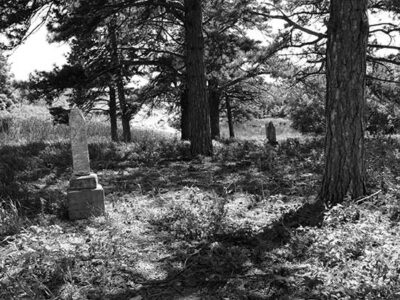After well-armed robbers emptied the till in Amare Lucas’ Washington, DC, liquor store in the early ’90s, he had bullet-resistant glass installed around his cashier’s counter. For 10 years, he begrudgingly kept shop inside ‘the cage.’ Then, when the neighborhood underwent some gentrification, he quickly shed the claustrophobic glass that had taken a toll on him and strained his relationships with customers. In the Washington City Paper, Dave Jamieson writes that while Lucas is considered ”the pioneer’ in liquor- and convenience-store disarmament,’ many stores in DC have kept their protective glass in place.
Much of the security glass in DC stores dates back to the crack epidemic of the ’80s and early ’90s, and before that, the 1968 riots. The memory of those eras and the violence of today have wrought a distrust for the customer in the psyches of many clerks. The clear manifestation of this fear is bullet-resistant glass. To some, the prison-like fortifications seem out of place. ‘You feel like it belongs on the West Bank, as opposed to H Street,’ says neighborhood commissioner Joe Fengler. And there are customers who view the glass as an indignity — as a presumption that they’re a threat.
For most clerks, there are definite reasons to keep the protective glass. As Jamieson explains, the glass is a ‘valuable store fixture,’ and for shopkeepers with short-leases, it doesn’t make financial sense to simply get rid of it. On top of that, many see the glass as their ‘last line of defense.’ Jamieson predicts that, ‘In DC, plexiglass (sic) will be the last relic of riot architecture to go.’
— Archie Ingersoll
Go there >>
Glass Menagerie
Related Links:
Related Links From the Utne Archive:
Comments? Story tips? Write a letter to the editor
Like this? Want more?Subscribe to Utne magazine




